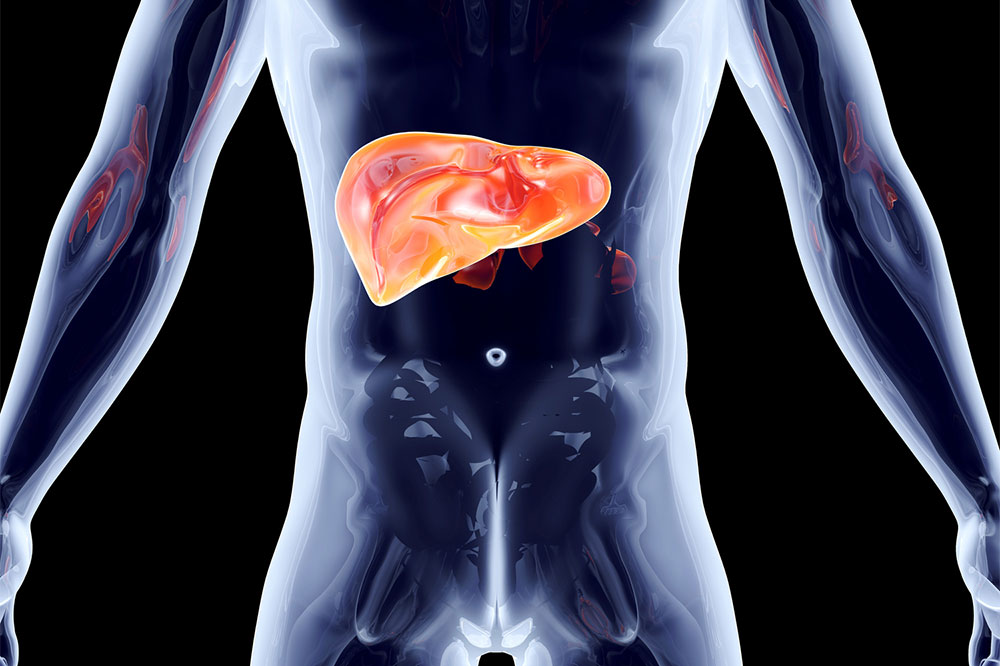Sickle cell anemia – Causes and warning signs

Sickle cell anemia is a class of genetic conditions known as sickle cell disease. Such conditions change the structure of red blood cells that transport oxygen throughout the body. Normally, these cells are rounded and flexible, easily passing through blood vessels. However, sickle- or crescent-shaped red blood cells can harden and tether in sickle cell anemia, limiting blood flow and threatening one’s health. Here, we discuss the causes and warning signs of this condition.
Causes of sickle cell anemia
Sickle cell anemia is a genetic condition from one’s biological parents. The gene responsible for producing healthy red blood cells undergoes alteration. This risk factor affects people who receive the defective hemoglobin protein gene from both biological parents. The sickle cell trait is present in people who receive the altered gene from one biological parent.
A healthy individual who carries the disease in the form of just one gene is referred to as a “carrier.” If an expecting mother and the father are carriers, there is a higher probability that the infant will have sickle cell anemia.
Warning signs of sickle cell anemia
Usually, sickle cell anemia symptoms appear around the age of six months. They can differ from person to person and evolve through time. Some early symptoms include
Frequently visible paleness on the lips, skin, or nail beds.
Anemia-related extreme fatigue or irritability.
Dactylitis, i.e., an uncomfortable swelling of the hands and feet.
The following are dangerous and warning indicators of sickle cell disease, which can cause serious and life-threatening situations:
Extreme fatigue, shortness of breath, light-headedness, or an irregular heartbeat.
Frequent episodes of extreme pain due to sickle blood cells blocking blood flow in the chest, abdomen, and joints.
Swelling of the hands and feet by sickle-shaped red blood cells that obstruct blood circulation.
Higher risk of infections caused by damaged spleen due to altered cells.
Delayed puberty and growth due to a lack of strong red blood cells necessary for growth and nutrition.
A defect in the retina and visual impairment caused by a small blood vessel blockage.
The most frequent consequence of sickle cell anemia is acute chest syndrome. It results in chest pain, a cough, and fever as cells clot and obstructs blood vessels in the lungs.
Those with sickle cell anemia may have issues with their heart’s blood arteries and their function, which can cause the organ to expand. They may also develop pulmonary hypertension from high blood pressure.
Like any other chronic condition, sickle cell anemia affects a person’s daily activities and makes them feel lonely, angry, and dissatisfied, which can be potentially risky factors of depression.
Although there is currently no cure for such a condition, treatments can alleviate suffering and help prevent complications caused by the condition. Treatment options that can ease symptoms, reduce problems, and lengthen life should be reviewed with the medical professional at the appropriate time.
One should seek regular medical care, lead a disciplined lifestyle, and avoid situations that could trigger a pain crisis to stay as healthy as possible.






